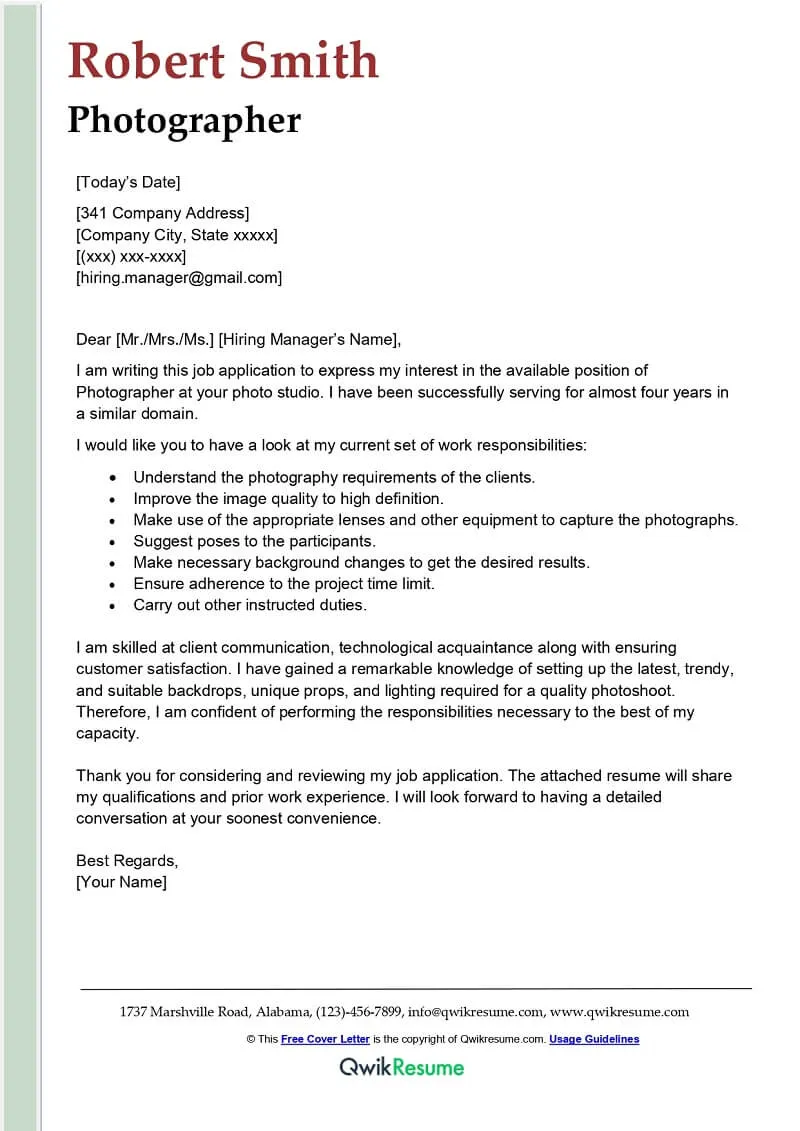Understanding the Importance of a Photographer Cover Letter
In the competitive world of photography, a compelling cover letter is often the first impression you make on potential employers or clients. It serves as your introduction, showcasing not only your skills and experience but also your personality and passion for photography. Unlike a resume, which provides a factual overview of your qualifications, a cover letter allows you to connect with the reader on a more personal level, demonstrating why you’re the perfect fit for the role or project. Understanding the significance of a well-crafted cover letter can significantly increase your chances of landing your dream photography job.
Why a Cover Letter Matters
A cover letter goes beyond simply listing your qualifications; it’s an opportunity to tell your story. It allows you to elaborate on your experiences, highlight your unique skills, and explain why you’re interested in the specific opportunity. It shows the employer that you’ve taken the time to research their company or project and tailor your application accordingly. A well-written cover letter demonstrates your communication skills, attention to detail, and enthusiasm, all of which are crucial in the field of photography, where creativity and client interaction are key. A strong cover letter helps you stand out from other applicants.
Key Components of a Strong Photographer Cover Letter

A strong photographer cover letter is not just a generic document; it’s a carefully crafted piece that highlights your skills, experience, and personality. Begin with a professional heading that includes your contact information and the date. Address the hiring manager or the person specified in the job posting by name if possible. The opening paragraph should immediately grab the reader’s attention, stating the position you’re applying for and briefly explaining why you’re interested. The body of the letter should delve into your relevant experience, skills, and achievements, providing specific examples to support your claims. Conclude with a strong closing paragraph that reiterates your interest, expresses gratitude, and includes a call to action.
Essential Elements to Include
When writing your cover letter, be sure to emphasize your passion for photography and your understanding of the industry. Mention any relevant software skills, such as Adobe Photoshop or Lightroom, and highlight any awards or recognition you’ve received. Include examples of your work, ideally by providing links to your online portfolio. Tailor your letter to the specific job or project, highlighting the skills and experiences that align with the requirements. Proofread carefully for any errors in grammar and spelling, as these can undermine your credibility. Ensure your letter is concise, well-organized, and easy to read.
Highlighting Your Photography Skills
In the body of your cover letter, showcase your technical expertise and artistic vision. Describe your experience with different types of photography, such as portraits, landscapes, or events. Highlight your proficiency in using various cameras, lenses, and lighting equipment. Mention your editing and post-processing skills, emphasizing your ability to create stunning images. If you have experience with client communication, project management, or marketing, be sure to include these skills as well. Provide specific examples of your work that demonstrate your skills, such as a successful photo shoot or a positive client experience. Focus on skills and show the reader your ability.
Top 5 Photographer Cover Letter Examples
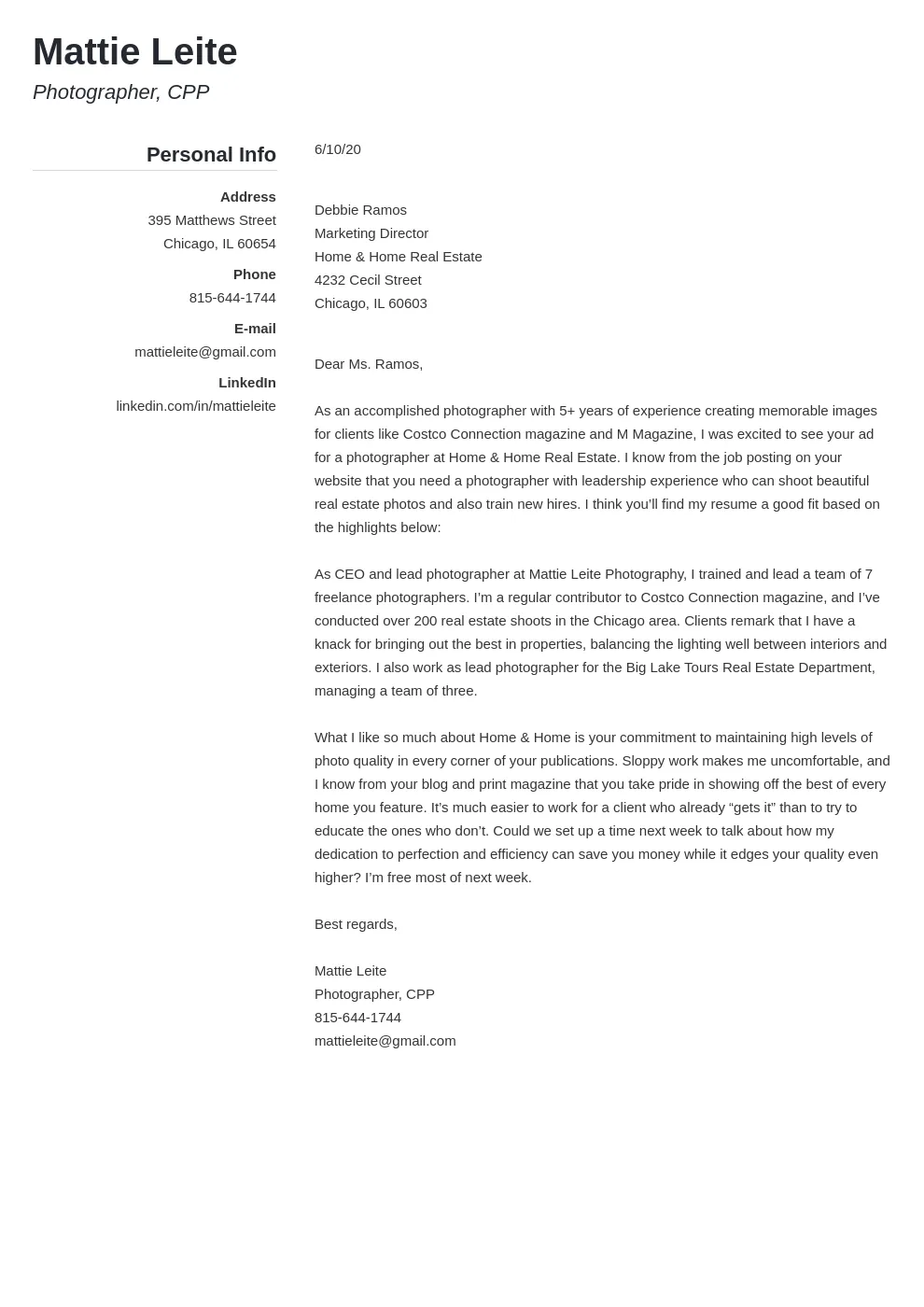
Below are five examples of cover letters tailored to different photography roles. These examples showcase how to adapt your cover letter to specific job requirements and highlight relevant skills and experiences. Each example is designed to provide inspiration and guidance for crafting your own compelling cover letter.
Example 1 Cover Letter for a Freelance Photographer
This cover letter should emphasize the photographer’s ability to manage their own projects, work independently, and secure clients. It should highlight the photographer’s portfolio and the specific types of photography they specialize in. The tone should be professional yet personable, conveying a sense of enthusiasm and a willingness to take on new projects. The cover letter should demonstrate how the photographer can meet the client’s or company’s needs and exceed their expectations. Consider a subject line: Freelance Photographer Application - [Your Name].
Key Takeaways from Example 1
- Focus on self-management and client acquisition.
- Showcase diverse portfolio and specializations.
- Maintain a professional and enthusiastic tone.
Example 2 Cover Letter for a Photojournalist
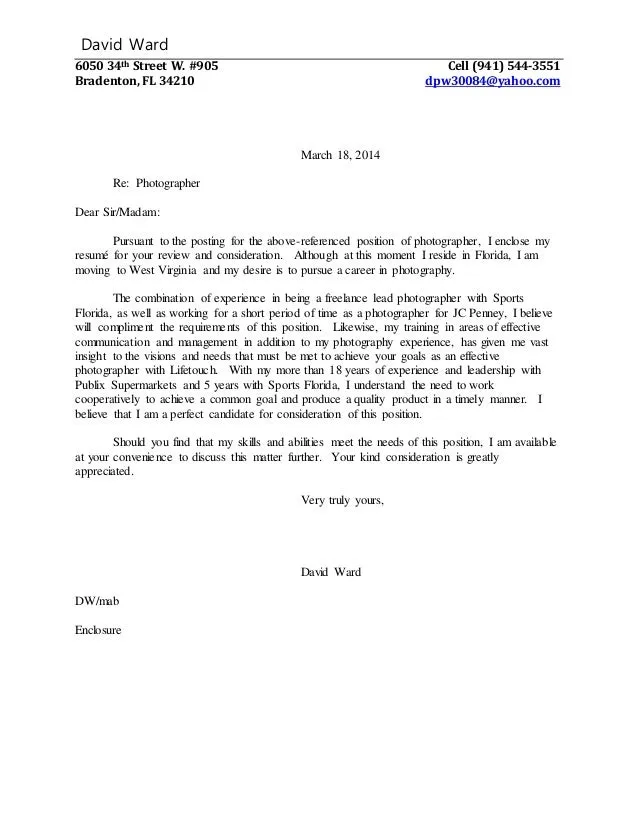
A photojournalist cover letter should highlight the photographer’s ability to capture compelling images, work under pressure, and meet deadlines. It should emphasize experience in documentary photography, news reporting, or event coverage. The cover letter should also showcase the photographer’s ability to work with different news organizations and adhere to their editorial standards. The tone should be confident and professional, demonstrating a passion for storytelling through images. The letter should also briefly mention any awards or publications.
Key Takeaways from Example 2
- Emphasize documentary and storytelling skills.
- Highlight experience with news organizations.
- Maintain a professional and confident tone.
Example 3 Cover Letter for a Wedding Photographer
This cover letter should showcase the photographer’s ability to capture special moments and work with clients to create lasting memories. The letter should emphasize experience with different types of weddings and photography styles. Highlight the photographer’s skills in posing, lighting, and post-processing. The tone should be warm, friendly, and professional, demonstrating a commitment to providing exceptional service. A subject line could be: Wedding Photography Application - [Your Name].
Key Takeaways from Example 3
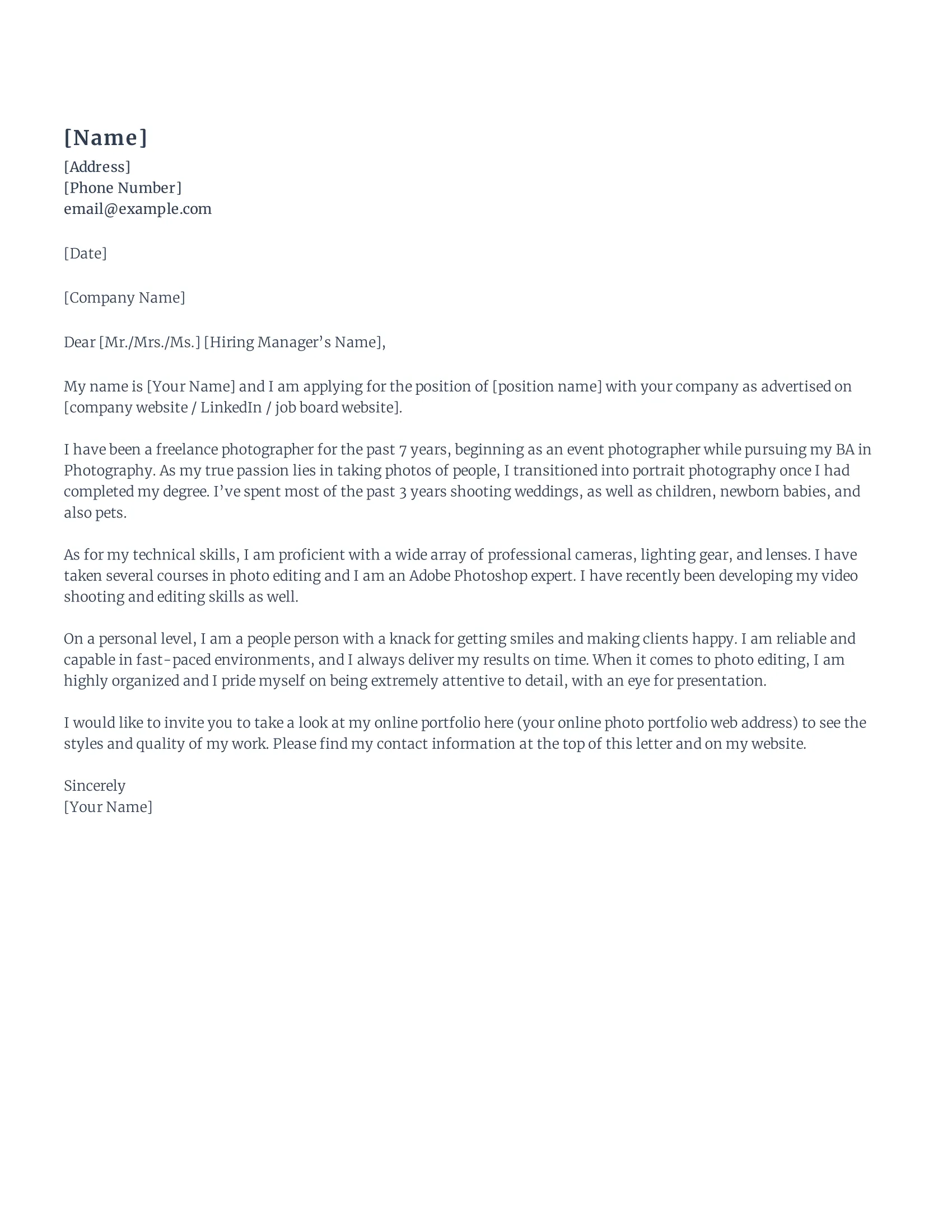
- Showcase ability to capture special moments.
- Highlight experience with different wedding styles.
- Maintain a warm and friendly tone.
Example 4 Cover Letter for a Studio Photographer
This cover letter should highlight the photographer’s ability to work in a studio setting, manage lighting, and work with clients on set. It should emphasize experience with different types of studio photography, such as portraiture, product photography, or fashion photography. The letter should highlight the photographer’s skills in posing, lighting, and post-processing. The tone should be professional and detail-oriented, showcasing an understanding of studio equipment and techniques. A subject line: Studio Photographer Application - [Your Name].
Key Takeaways from Example 4
- Emphasize experience with studio equipment and techniques.
- Highlight skills in lighting and posing.
- Maintain a professional and detail-oriented tone.
Example 5 Cover Letter for a Photographer Assistant
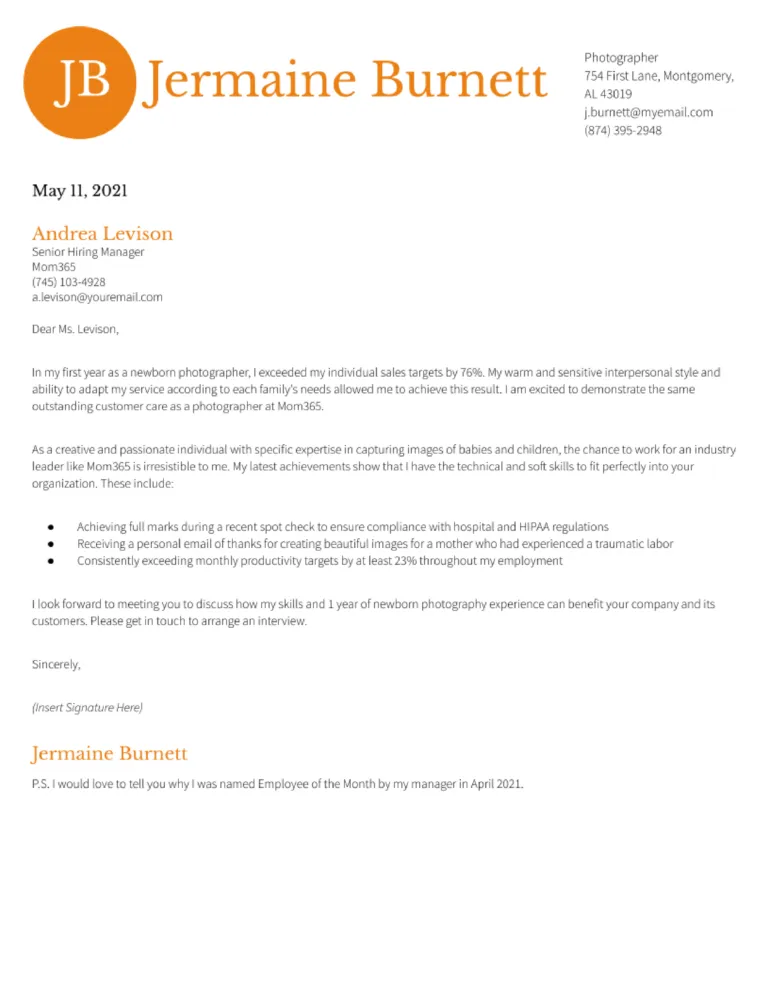
This cover letter should highlight the assistant’s skills in supporting photographers, managing equipment, and assisting on shoots. The letter should emphasize any relevant experience, such as working with lighting, setting up equipment, or assisting with post-processing tasks. The tone should be enthusiastic and professional, demonstrating a willingness to learn and a strong work ethic. It should also highlight any knowledge of photography equipment or software. The letter should demonstrate a commitment to the photographer’s vision.
Key Takeaways from Example 5
- Highlight support skills and equipment knowledge.
- Emphasize enthusiasm and a strong work ethic.
- Demonstrate a commitment to the photographer’s vision.
Tips for Customizing Your Cover Letter
Tailoring your cover letter to each specific job or project is critical to increasing your chances of success. Start by carefully reviewing the job description or project requirements and identifying the key skills and experiences the employer is seeking. Then, customize your cover letter to highlight the relevant qualifications and achievements. Use the same keywords and phrases used in the job posting to ensure your letter aligns with the employer’s expectations. By tailoring your letter, you demonstrate to the employer that you understand their needs and that you’re a perfect fit for the role.
Tailoring Your Letter to the Job
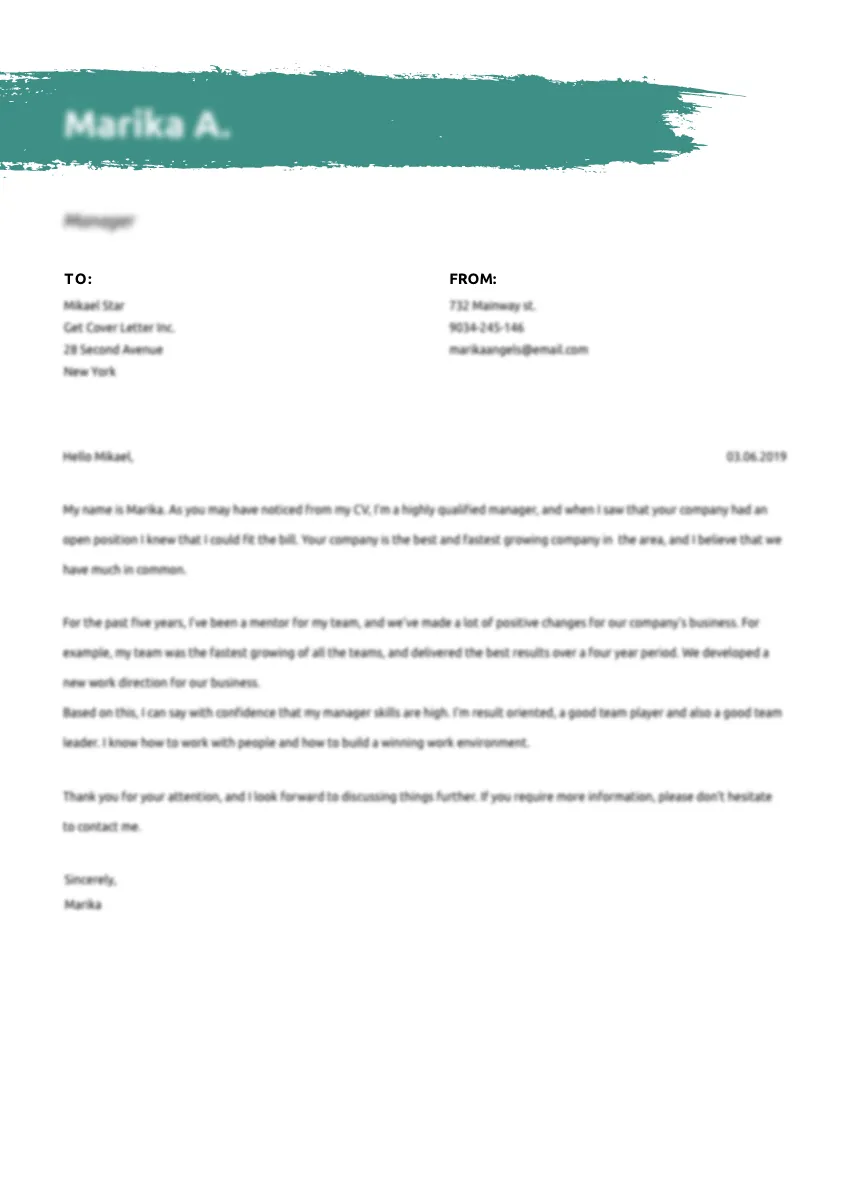
Research the company or client to gain a better understanding of their work and culture. Tailor your language, tone, and examples to reflect the specific requirements of the opportunity. Don’t simply reuse the same cover letter for every application; instead, make adjustments to highlight the skills and experiences that are most relevant to each job. Highlight skills and experience relevant to a job description. Show the reader you are the best option.
Showcasing Your Portfolio
Include links to your online portfolio or website in your cover letter to showcase your best work. Ensure your portfolio is up-to-date, well-organized, and reflects the types of photography you’re applying for. Select a few key images or projects that align with the job requirements. Mention the specific images or projects in your cover letter and explain why they are relevant to the opportunity. A well-curated portfolio will impress the reader and show them your ability.
Proofreading and Formatting
Before sending your cover letter, carefully proofread it for any errors in grammar, spelling, or punctuation. Use a professional and easy-to-read font, such as Arial or Times New Roman, and ensure your letter is well-formatted. Keep your letter concise and avoid using overly long paragraphs or complex sentences. Use a clear and professional tone throughout your letter. Ask a friend or colleague to review your cover letter for a second opinion. Attention to detail is key.
Conclusion Importance of a Great Cover Letter
In conclusion, a well-crafted cover letter is an essential tool for any photographer seeking to advance their career. By understanding the importance of a cover letter, following the key components, and tailoring your letter to each opportunity, you can significantly increase your chances of landing your dream job or project. Use the examples provided as a guide, and always remember to highlight your unique skills, experience, and passion for photography. With a great cover letter, you can make a strong first impression and open doors to exciting opportunities in the photography world.
